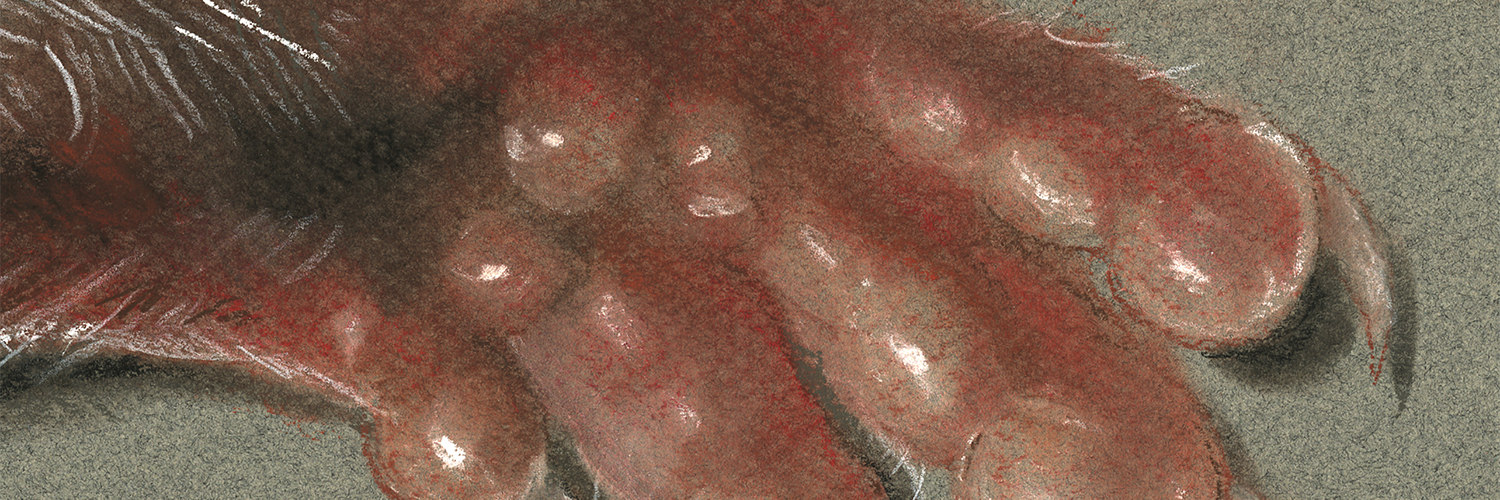Current Research Projects
Pattern recognition receptors (PRRs) sense pathogen/damage-associated molecular patterns to protect and maintain cellular homeostasis. Nod like receptors (NLRs), a family of cytoplasmic sensors, recognize pathogen/damage-associated molecules within the cell. Several studies including ours have shown that these NLRs play a central role, not only in viral, bacterial and parasitic infections but also in autoinflammatory and autoimmune diseases. The research goals of our lab are to investigate how these NLRs regulate innate and adaptive immune responses. To unravel the underlying mechanisms governing NLRs and their function, we use bacterial, parasitic and viral infection of mice, as well as autoinflammatory disease models.
Current research focus of the lab includes:
- Investigating the role RIPK2 signaling axis in anti-leishmanial immunity.
- Investigating the role of RIPK2 signaling axis during oral Listeria monocytogenes infections.
- Investigating the role of RIPK2 signaling axis during MRSA infections.
- Investigating the role of RIPK2 signaling axis during radiation-induced toxicity.
- Investigating the role of RIPK2 signaling axis during DSS-induced colitis and colorectal cancer.
- Investigating sexual dimorphism during infections and sepsis.
- Exploring the molecular mechanisms underlying autoinflammatory diseases using a mouse model of neutrophilic dermatosis.
Image Gallery
Image Gallery

Artistic rendition of macrophages infected with Leishmania major parasites. Leishmania parasites are shown in teal and macrophage nuclei in blue, mitochondria in red and tubulin in purple. Image credit: Dr. Cliff Guy, JCI March 2, 2015 Volume 125, Issue 3, Pages 883-1365

Artistic rendition of an inflamed footpad. Artwork by Phillip Sisti.

Artistic representation of inflammation and key players that regulate inflammation. The wildfire represents inflammation and the firefighter represents key regulators of inflammation. Artwork by Phillip Sisti.